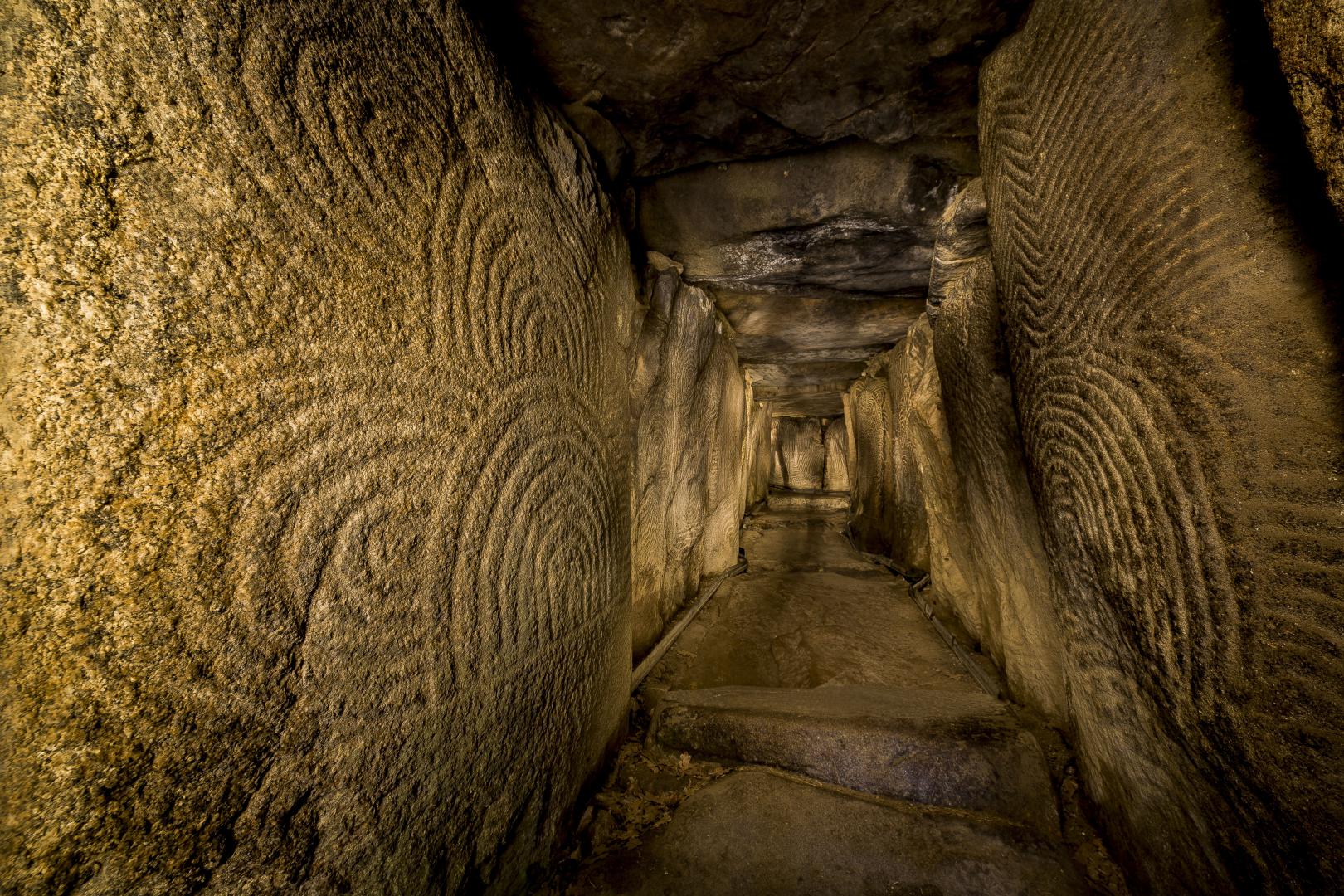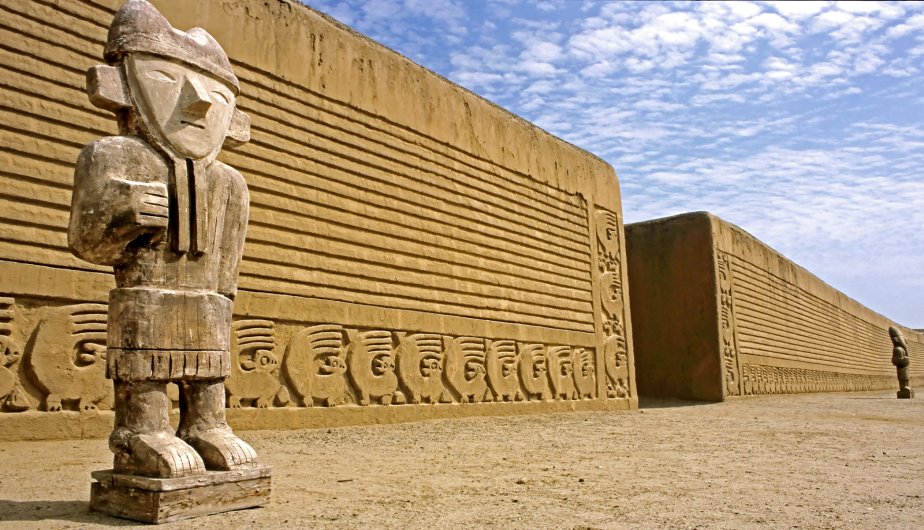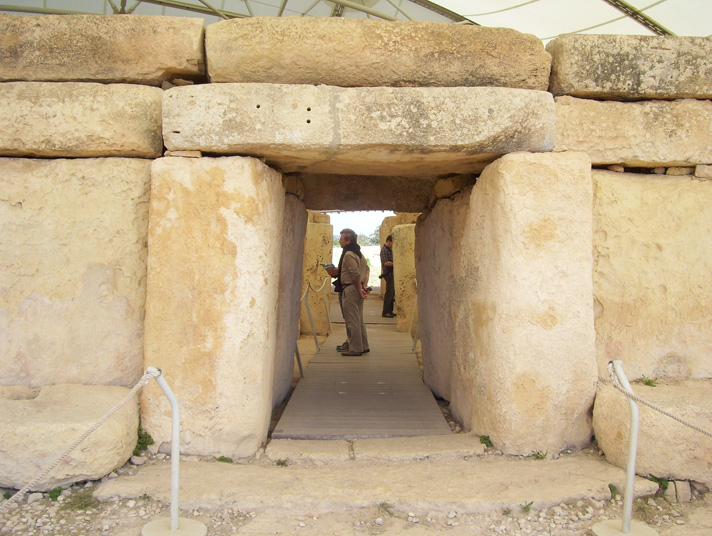The Archaeology Channel Tours
The Archaeology Channel Tours is a program set apart from others by our commitment to storytelling and expert guidance. We believe that a tour should be far more than a photo-op or checking off a bucket list. For us, a tour is an opportunity to perform our mission to tell the human story, in this case by bringing people to the real sites where history took place. We like to embed the background in the tour process, so each destination represents an episode in the historic timeline and has a comfortable place in the temporal, cultural and environmental context. We also like to design unique tours not offered by others.
Just below, you can see our upcoming tour schedule.
Megaliths of France
The largest collection of standing stones (or menhirs) in the world, in southern Brittany, the westernmost province of France, is the focus of this tour. Mostly arranged in impressive rows or alignments, with some standing alone, these date to the Neolithic Period, 5000-2500 BC, and are accompanied by many other features, such as tumuli (earthen mounds built up over a grave), dolmens (chambers formed from upright stones overlain with capstones and originally buried beneath tumuli or rock cairns), and geometric shapes formed from rows of menhirs (generally rectangles and circles). Some of these features are richly decorated with inscribed symbols and patterns, and excavated tombs have yielded wonderful artifacts. All these constructions are the product of Neolithic farmers who subsisted on cereals and livestock their ancestors brought from the Fertile Crescent. Some researchers believe that western France was the heartland of the European Megalithic culture, which spread outward to the British Isles and areas to the north. Our tour, while sampling the cultural flavor of this unique part of France, will visit the most impressive and significant of the region’s megalithic sites to tell its story and explore its many mysteries.
Dates: September 6-14, 2024
Click here to view the itinerary and register for your spot! Registration Deadline: June 6, 2024. Spots are limited, so register today!
Peru: Civilizations of Northern Peru
The Andean region possesses the oldest known civilization in the Americas, the earliest representative of which is the Caral-Supe Civilization of the narrow coastal strip, whose oldest city began around 3500 BC. The Andean Civilization is one of the six “pristine” civilizations in the world (the others being Egypt, Mesopotamia, China, Mesoamerica, and the Indus Valley), meaning purely indigenous and not derived from any other civilization. This region is known for extensive road systems, architecture and textile weaving. Agriculture in the coastal strip was possible only with irrigation from the high Andes, which allowed people to cultivate a wide variety of crops despite the hyper-arid coastal conditions. Food production spread from the coast into the Andes. Potatoes, peppers, peanuts, manioc, chocolate, and coca from the Andean region eventually became significant for trade worldwide. Archaeologists are making new discoveries nearly every day at the thousands of sites in Peru, of which much is not understood. This tour will feature an exploration of the sites and artifacts left behind by the cultures of northern Peru, comprising many of the most important and influential in the region. This includes a visit to the second largest adobe city in the world, Chan Chan; the oldest city in the Western Hemisphere, Caral; and an ancient citadel in the clouds that is called the “Machu Picchu of the North,” Kuelap. Our tour is led by a distinguished expert, Dr. Augusto Bazán Pérez, a Peruvian archaeologist and Research Director of the El Brujo Archaeological Complex, which is one of the most important destinations on this tour.
Dates: October 1-13, 2024
Click here to view the itinerary and register for your spot! Registration deadline July 31, 2024.
The Heartland of Ancient and Medieval Persia
The roots of ancient Persia lie in the Elamite Civilization and the Neolithic cultures that preceded it. The word “Persia” is a misnomer, as the Persians per se were one of a number of Iranian tribes that swept into the Iranian Plateau and created a series of empires that dominated the Middle East and much of central and south Asia for long periods over the past three millennia. This tour explores pre-Iranian cultures as well as the Achaemenid, Parthian and Sassanian empires and the complex and chaotic Medieval period, with a geographic focus on key sites of Iranian history. Expect wonderful interactions with the warm, friendly and welcoming Iranian people.
Dates: February 28 - March 17, 2025
Click here to view the itinerary and register for your spot! Registration Deadline: November 30, 2024. Spots are limited, so register today!
Malta: Land of Forgotten Temples
Inhabited since at least 5900 BC, Malta is home to what are considered the world’s oldest religious structures. Archaeologists believe that these structures were temples in use from 4000 to 2500 BC before their builders mysteriously vanished. Perhaps the builders were beset by disease or famine, but whatever the cause for their demise, they left dozens of forgotten temples behind. How and why a small Neolithic population (estimated to be about 10,000 people) on a small remote archipelago in the middle of the Mediterranean Sea constructed these temples, and who exactly used them, constitutes one of the world’s top archaeological mysteries. This tour, led by experts from Heritage Malta, will explore the story of these forgotten temples as well as examine the layers of Malta’s history. While the temples date to the Neolithic, Malta also features many sites, such as the “Clapham Junction” cart ruts, that date to the Bronze Age (beginning about 2500 BC), and others like St. Paul’s catacombs, that span the Punic, Roman and Byzantine periods from the fourth century BC through the seventh century AD. Much of the dramatic architecture seen today in Malta reflects the work of the Knights of St. John, who defended Malta from the Ottoman Turks in the sixteenth century. Don’t miss the chance to experience antiquity and adventure with us in Malta!
Dates: April 5 - 12, 2025
Click here to view the itinerary and register for your spot! Registration Deadline: January 5, 2025
The Viking Age in Denmark
The Viking Age officially began in AD 793 with the Viking raid on the island of Lindisfarne along the northeast coast of England and ended in the 11th century when the Norse kingdoms, Denmark, Norway and Sweden, adopted Christianity and established diplomatic relations with other European countries. Technological innovations in ship-building and sailing extended their reach westward to North America, southward into the Mediterranean Sea, and eastward as far as Persia. Their raids became legendary; they besieged Paris, Constantinople and other cities; and they and their descendants ruled far-flung territories from Greenland to Russia. The world knows them from their exploits in distant lands, but the best way to understand Vikings is to visit the places where they originated. Our ten-day tour of Denmark, led by experienced tour guide Svend A. Buus, is a journey around the length and breadth of the country, as well as a part of Germany, with stops at all the major Viking sites and interpretive centers, including the National Museum of Denmark in Copenhagen. Along the way, you will enjoy gaining an unprecedented understanding of the remarkable Viking lifeway and culture, as well as the deep history and prehistory from which these fascinating people emerged.
Dates: May 29 - June 9, 2025
Click here to view the itinerary and register for your spot! Registration deadline: January 28, 2025. Spots are limited, so register today!





